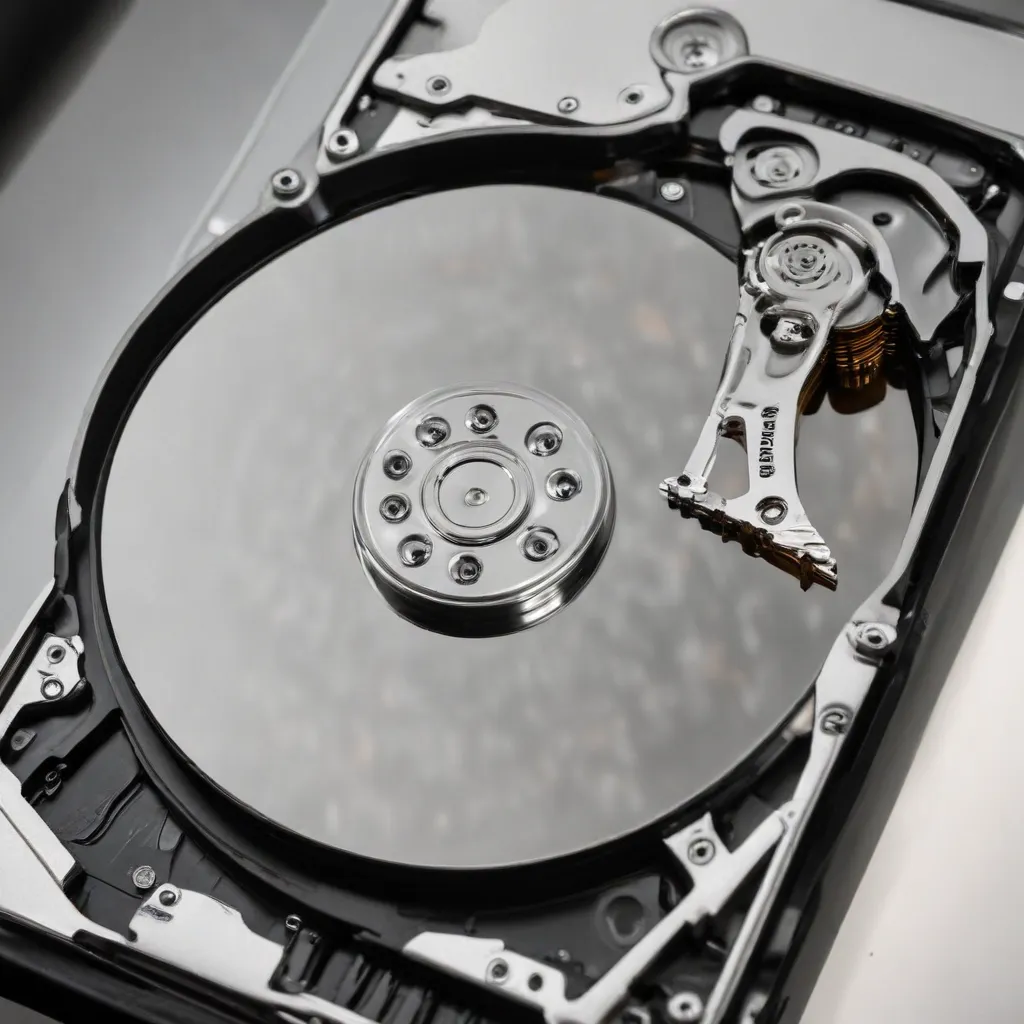
Recovering Data From a Hard Drive With Bad Sectors
Dealing with a hard drive plagued by bad sectors can be a frustrating experience, but it doesn’t have to mean the end of your data. As an IT professional with extensive experience in data recovery, I’m here to guide you through the process of salvaging your valuable files, even from a drive that’s on its last legs.
Understanding Hard Drive Failures
Hard drives, like any other piece of technology, are susceptible to various types of failures. These can be broadly categorized into three main groups:
-
Physical Damage: This includes issues like head crashes, platter scratches, and spindle motor failures, which can physically damage the internal components of the drive.
-
Logical Failures: These are problems with the file system, partition table, or other metadata that prevent the operating system from accessing the data properly.
-
Firmware Issues: Malfunctions in the drive’s internal software can also lead to data accessibility problems.
Identifying Bad Sectors
One of the most common hard drive failures is the occurrence of bad sectors, which are areas on the magnetic platters that can no longer be reliably read or written to. These can be caused by a variety of factors, including:
-
Mechanical Failures: Over time, the read/write heads, spindle motor, or other moving parts can wear down and start to malfunction, leading to bad sectors.
-
Electrical Failures: Sudden power surges or other electrical issues can damage the drive’s internal components and create bad sectors.
-
Thermal Damage: Excessive heat exposure can also take a toll on a hard drive, causing the magnetic coating on the platters to degrade and result in bad sectors.
To detect bad sectors, you can use a few different methods:
-
S.M.A.R.T. Monitoring: Most modern hard drives come with Self-Monitoring, Analysis, and Reporting Technology (S.M.A.R.T.) capabilities, which can provide valuable information about the drive’s health, including the number of reallocated sectors (a.k.a. bad sectors).
-
File System Errors: If you start encountering frequent file system errors, such as “file not found” or “access denied,” it could be a sign of bad sectors on the drive.
-
Manual Sector Scans: You can also use tools like
chkdskin Windows orbadblocksin Linux to perform a thorough scan of the drive and identify any problematic sectors.
Data Extraction Techniques
When dealing with a hard drive plagued by bad sectors, it’s important to approach the data recovery process with caution. Attempting to forcibly access the affected areas can potentially make the situation worse, so it’s best to use specialized data recovery software or seek the help of a professional.
Data Recovery Software:
-
Sector-Level Recovery: Tools like R-Studio and EaseUS Data Recovery Wizard can scan the drive at the sector level, bypassing the file system and attempting to extract data directly from the damaged areas.
-
File System-Level Recovery: Other programs, such as Recuva and PhotoRec, focus on rebuilding the file system structure to recover as much data as possible, even if individual sectors are unreadable.
-
Bootable Recovery Environments: For more advanced cases, you may need to boot from a specialized recovery environment, like Parted Magic or Hirens BootCD, which provide a range of data recovery tools and utilities.
Physical Data Recovery:
If the software-based approaches are unsuccessful, you may need to enlist the help of a professional data recovery service. These experts often have access to specialized equipment and clean room facilities, allowing them to:
-
Clean Room Procedures: Carefully disassemble the drive and extract the platters in a dust-free environment to minimize further damage.
-
Platter Imaging: Create a digital image of the platters, which can then be analyzed and processed to recover the data.
-
Head Swapping: If the read/write heads are the culprit, the technicians may be able to replace them with compatible components from a donor drive.
Data Preservation and Backup
While recovering data from a failing hard drive can be a challenging task, the best approach is to be proactive and implement robust data preservation and backup strategies. This will not only help you avoid the stress and hassle of data recovery in the future but also ensure the long-term safety of your important files.
Backup Strategies:
-
Regular Backups: Implement a routine backup schedule, such as daily or weekly, to create redundant copies of your data.
-
Redundant Storage: Use multiple storage devices, like external hard drives or cloud-based solutions, to ensure your data is protected in case one of the drives fails.
-
Cloud-Based Backups: Services like Google Drive, Dropbox, or OneDrive can provide an additional layer of protection for your files, with the added benefit of accessibility from anywhere.
Data Preservation Best Practices:
-
Secure Storage: Store your backup drives in a cool, dry place, away from direct sunlight, extreme temperatures, and potential magnetic interference.
-
Environmental Controls: Maintain proper humidity and temperature levels to prevent condensation and other environmental factors that could damage your storage media.
-
Periodic Data Migration: Regularly transfer your data to newer, more reliable storage devices to keep up with technological advancements and ensure the long-term preservation of your files.
Remember, prevention is better than cure. By implementing a comprehensive data backup and preservation strategy, you can significantly reduce the likelihood of ever having to deal with the stress and hassle of recovering data from a hard drive with bad sectors. And if you do find yourself in that situation, I hope this guide has provided you with the knowledge and confidence to navigate the recovery process effectively.
If you’re based in the Greater Manchester area and need further assistance with your IT-related issues, feel free to reach out to our team at ITFix. We’re always here to help!












